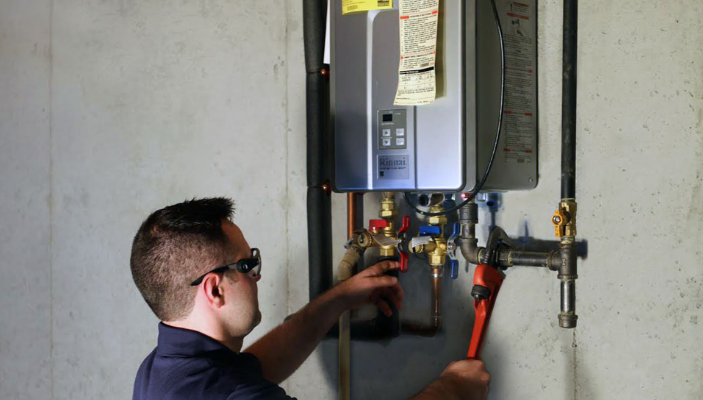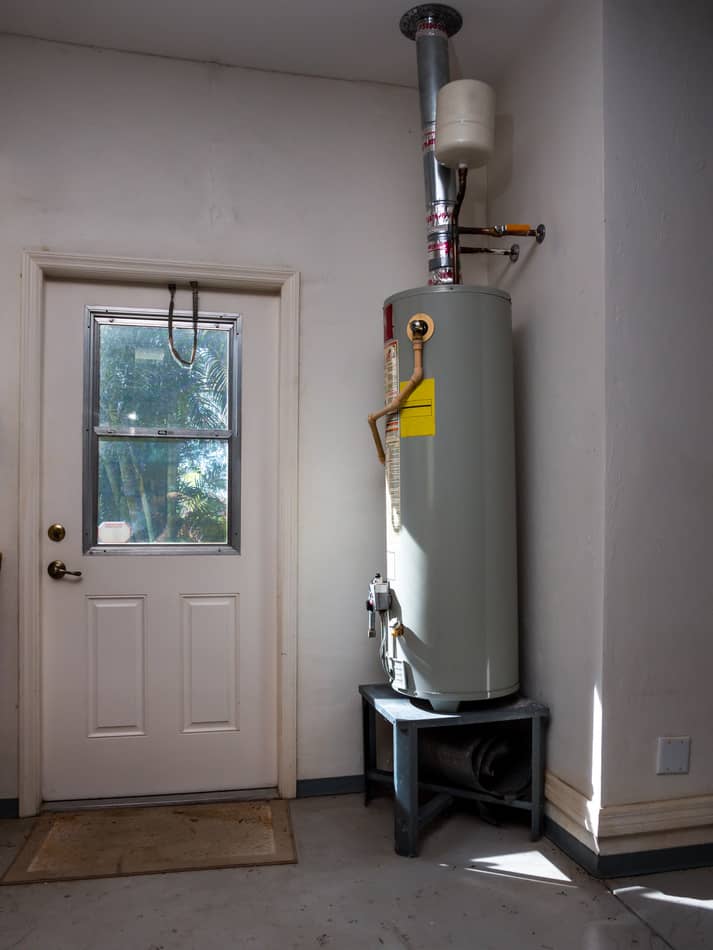Just how do you actually feel with regards to How to Maintain a Hot Water Heater in a Few Simple Steps?

Warm water is important for everyday comfort, whether it's for a rejuvenating shower or washing dishes. To ensure your warm water system runs effectively and lasts longer, normal maintenance is essential. This write-up offers sensible pointers and insights on how to keep your home's warm water system to prevent disruptions and pricey repair services.
Introduction
Keeping your home's warm water system might appear overwhelming, but with a few basic steps, you can guarantee it runs smoothly for several years ahead. This overview covers every little thing from understanding your hot water system to DIY upkeep tips and understanding when to employ specialist aid.
Relevance of Keeping Your Warm Water System
Routine maintenance not just expands the life-span of your warm water system yet also ensures it runs effectively. Ignoring maintenance can result in decreased efficiency, greater power costs, and also early failing of the system.
Indications Your Hot Water System Needs Upkeep
Recognizing when your hot water system needs interest can stop significant concerns. Watch out for signs such as inconsistent water temperature level, odd sounds from the heating unit, or rustic water.
Purging the Hot Water Heater
Flushing your hot water heater eliminates sediment buildup, boosting performance and prolonging its life.
Monitoring and Changing Anode Rods
Anode rods protect against deterioration inside the storage tank. Examining and changing them when worn out is vital.
Complicated Concerns Requiring Specialist Assistance
Examples consist of significant leaks, electric issues, or if your water heater is continually underperforming.
Routine Specialist Maintenance Benefits
Professional maintenance can include detailed assessments, tune-ups, and guaranteeing conformity with safety and security requirements.
Inspecting and Readjusting Temperature Level Settings
Readjusting the temperature setups makes certain optimal efficiency and safety and security.
DIY Tips for Upkeep
You can perform numerous maintenance jobs yourself to maintain your hot water system in top problem.
Checking for Leakages
Regularly evaluate pipes and links for leakages, as these can result in water damages and greater bills.
Comprehending Your Hot Water System
Prior to diving right into maintenance tasks, it's handy to understand the fundamental parts of your hot water system. Generally, this consists of the hot water heater itself, pipes, anode rods, and temperature level controls.
Month-to-month Maintenance Tasks
Routine monthly checks can help catch small concerns before they escalate.
Checking Stress Relief Valves
Checking the stress safety valve ensures it functions properly and stops too much pressure accumulation.
Protecting Pipelines
Shielding warm water pipes reduces warm loss and can save energy.
When to Call a Specialist
While do it yourself upkeep is helpful, some concerns require specialist knowledge.
Final thought
Normal upkeep of your home's warm water system is vital for effectiveness, long life, and price savings. By following these ideas and understanding when to seek expert aid, you can guarantee a reliable supply of hot water without unexpected disruptions.
Water Heater Maintenance: The Basics
Maintaining your water heater will ensure it operates efficiently and has a longer lifespan. Neglecting regular maintenance can lead to costly repairs and an even bigger chunk of your savings if you have to replace it sooner than necessary. But there’s good news: Most water heater maintenance tasks are relatively simple and easy for homeowners with basic DIY skills.
Flush the Water Heater
Over time, sediment and minerals can build up in the tank, reducing its efficiency and potentially causing damage. To flush the tank, turn off the power or gas supply, attach a hose to the drain valve near the bottom and open the valve to drain the water until it runs clear. Ideally, flush the tank annually.
Replace the Anode Rod
The anode rod is a sacrificial metal rod that helps prevent corrosion inside the tank. Inspect and replace it every three to five years or per the manufacturer's recommendation. To replace the anode rod, turn off the power or gas supply, drain a few gallons of water from the tank, unscrew the old rod and replace it with a new one. If the anode rod is significantly corroded or covered in calcium buildup, it's a sign the water heater may need to be replaced soon.
Tune-Up
A yearly tune-up can help identify potential issues and ensure your water heater operates at peak efficiency. This typically involves checking the thermostat, burner assembly (for gas heaters) and any other components specified by the manufacturer. During a tune-up, the technician may also clean the burner and adjust the pilot light (for gas heaters) or examine the heating elements (for electric heaters).
How to Maintain Your Water Heater
Insulate the tank. Insulating the tank can improve energy efficiency and reduce heat loss, saving you money on energy bills. You can purchase precut insulation blankets designed specifically for water heaters or use standard fiberglass insulation wrapped securely around the tank. Check the temperature. The recommended water temperature for most households is around 120 degrees Fahrenheit (49 degrees Celsius). Higher temperatures can increase energy costs and potentially cause scalding. Use a kitchen thermometer to check the temperature at the faucet nearest the water heater. Monitor water pressure. Excessive water pressure can strain the water heater and cause leaks or even tank failure. Install a pressure-reducing valve if necessary. The ideal water pressure range is between 60 and 70 PSI (pounds per square inch). Test the temperature and pressure (T&P) relief valve. The T&P relief valve is a safety feature that releases pressure if the tank gets too hot or the pressure builds up too high. Test it annually by lifting the lever and allowing a small amount of water to release. Replace the valve if it doesn't release water or reseal properly. Check for leaks. Regularly inspect the tank, pipes and fittings for leaks or corrosion. Deal with issues promptly to prevent further damage. Even a small leak can lead to significant water damage over time. Consider a tankless water heater. If your traditional tank-style water heater is nearing the end of its lifespan ( typically 10 years), consider replacing it with a tankless water heater. These units heat water on demand, reducing standby energy losses and potentially saving you money on your energy bills. Schedule professional maintenance. While homeowners can perform many water heater maintenance tasks, it's still a good idea to schedule professional maintenance every few years. A plumber or HVAC technician can thoroughly inspect the unit, identify potential issues and ensure it operates safely and efficiently. https://www.homeserve.com/en-us/blog/home-improvement/hot-water-heater-maintanence/

I ran across that entry about How to Maintain a Hot Water Heater in a Few Simple Steps while doing a search on the web. You should pause to promote this page if you appreciated it. Thanks for your time. Return soon.
Call Today